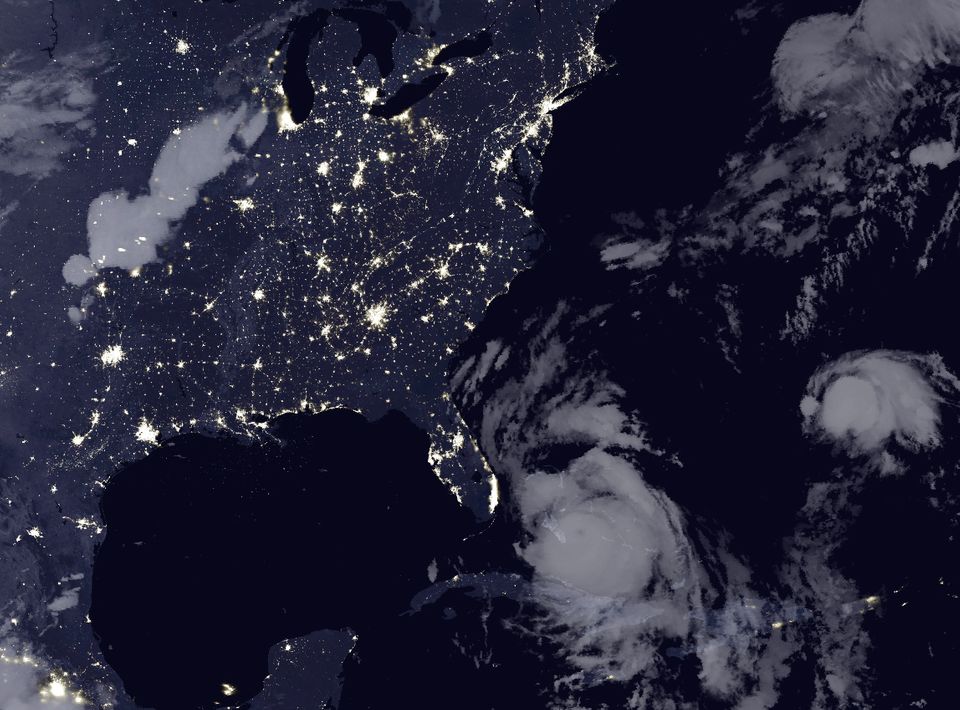How to tell when your government shuts down your Internet access

Since the death of George Floyd at the hands of Minneapolis law enforcement on May 25, millions of people worldwide have taken to the streets to protest police violence. But one oft-used government tactic in some countries to limit the ability of their citizens to communicate and organize has been absent so far: There have been virtually no reports of state-mandated Internet shutdowns in response to the protest.
Part of the reason for that is it’s much harder to diagnose cellular connectivity problems when thousands of people flood into one neighborhood, all demanding to use mobile-phone infrastructure that wasn’t designed to handle so many devices at once. While one of the few instances of a U.S. government-mandated network shutdown came in 2011—when police for the BART transit system in the San Francisco Bay Area shut down cellular service for several hours during protests that followed multiple police shootings of passengers—this time around, Seth Schoen, senior staff technologist at the Electronic Frontier Foundation, said his colleagues haven’t been able to confirm the rumors they’ve heard about government interference of mobile networks.
“I haven’t seen any hard evidence that couldn’t also be easily explained by networks being overloaded,” Schoen said in an email exchange. But in many cases, consumers can tell whether there has been government interference with Internet access because it will “affect people on different parts of the Internet in different ways,” he added.
READ MORE ON GOVERNMENT INTERNET INTERFERENCE
Remember Stasi spying to understand the GDPR
Why (and how) China is tying social-media behavior to credit scores
How Spain is waging Internet war on Catalan separatists
Even North Korea has an antivirus program—but it’s used for spying
Mueller’s indictment of election hackers a cybersecurity ‘wake-up call’
New Zealand defends its border device search policy (Q&A)
Government-mandated Internet shutdowns occur far more regularly than you might expect. The number of countries that shut down access for their residents jumped from 25 in 2018 to 33 in 2019, according to the annual Keep It On report, published in February by nonprofit Internet advocacy group Access Now. China, Vietnam, Egypt, Iran, Syria, and Cuba are notorious in this regard, and regularly cited as countries with the least Internet freedom, according to 2019’s “Freedom on the Net” report, produced annually by the United States-based democracy and human rights nonprofit Freedom House. But they’re not the only countries that use Internet shutdowns to control the flow of information and ideas.
Among the worst offenders are India and Brazil. In the contested state of Kashmir, the Indian government blocked all Internet access, landlines, and mobile service for between August 2019 and March 2020. Brazil regularly blocks access to the messaging service WhatsApp, even as other Internet services in the country have continued unabated. Internet Research company Top10VPN estimated the cost of Internet shutdowns around the world in 2019 to be more than $8 billion.
Despite politically driven interference, Internet-monitoring organizations point to some telltale clues that can help people determine whether their sudden inability to use the Internet is a technical glitch, such as an underwater cable cut, a distributed denial-of-service (DDoS) attack, or a government-mandated order.
This story was originally commissioned by Dark Reading. Read the full story here.
